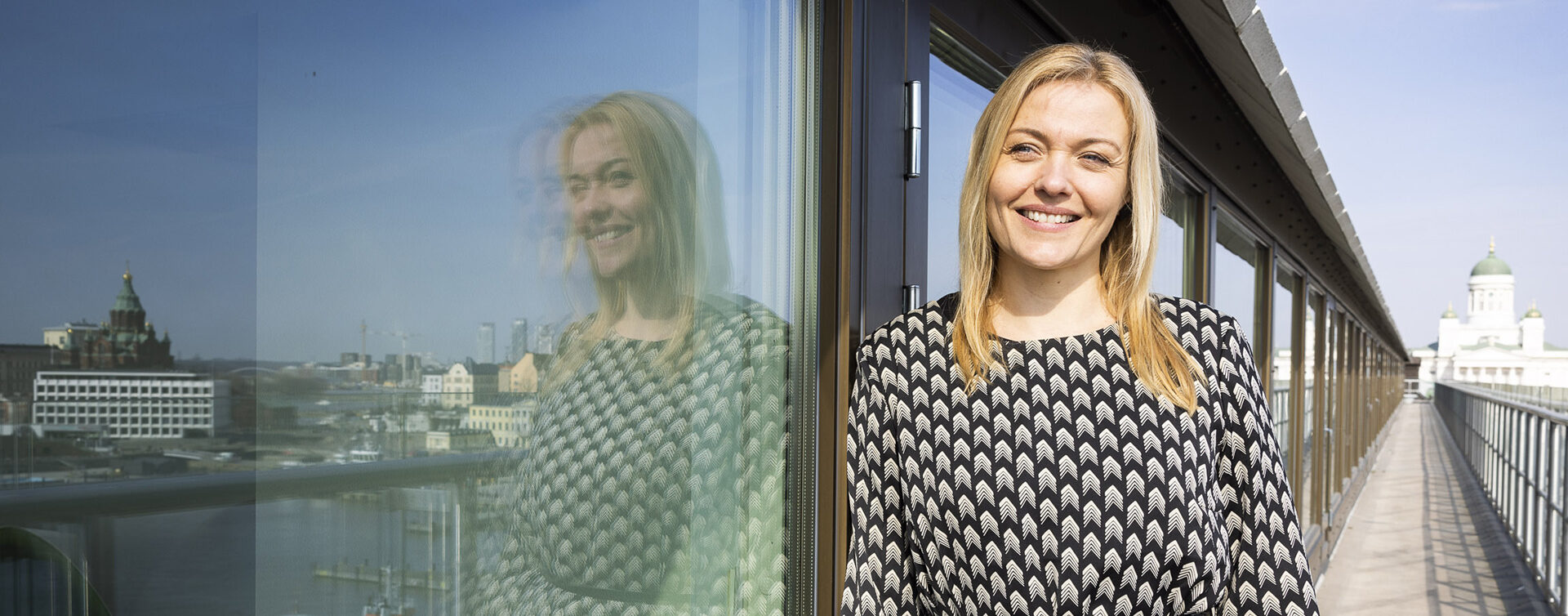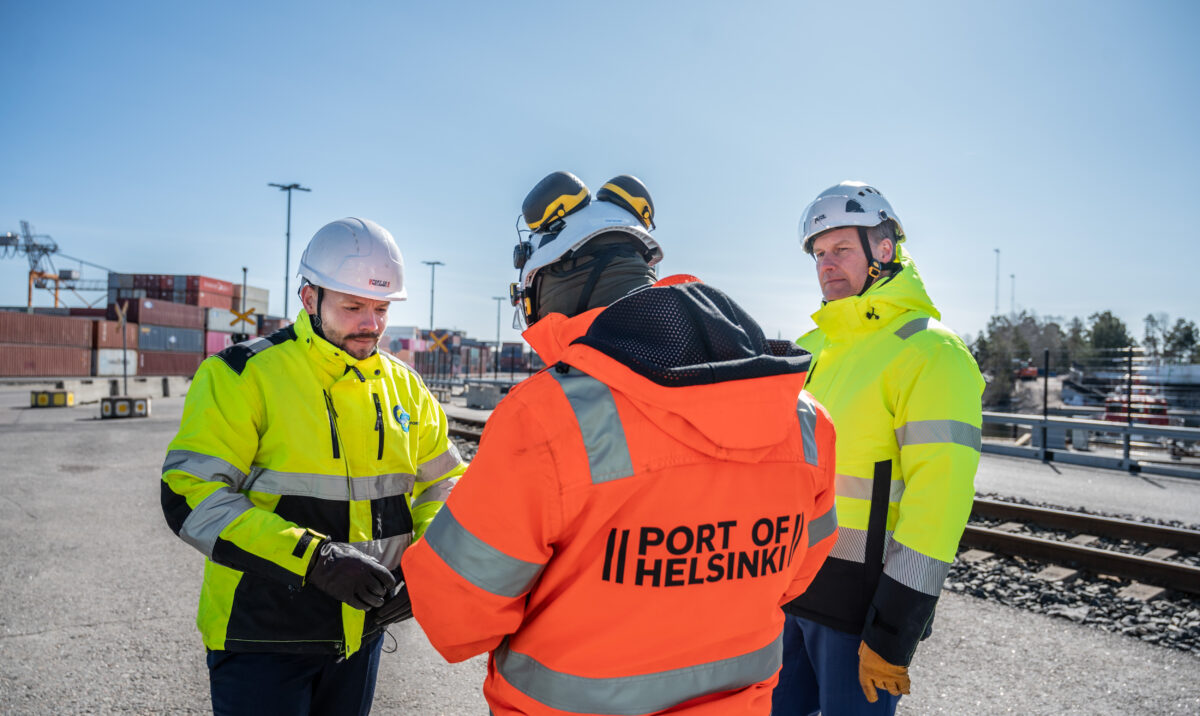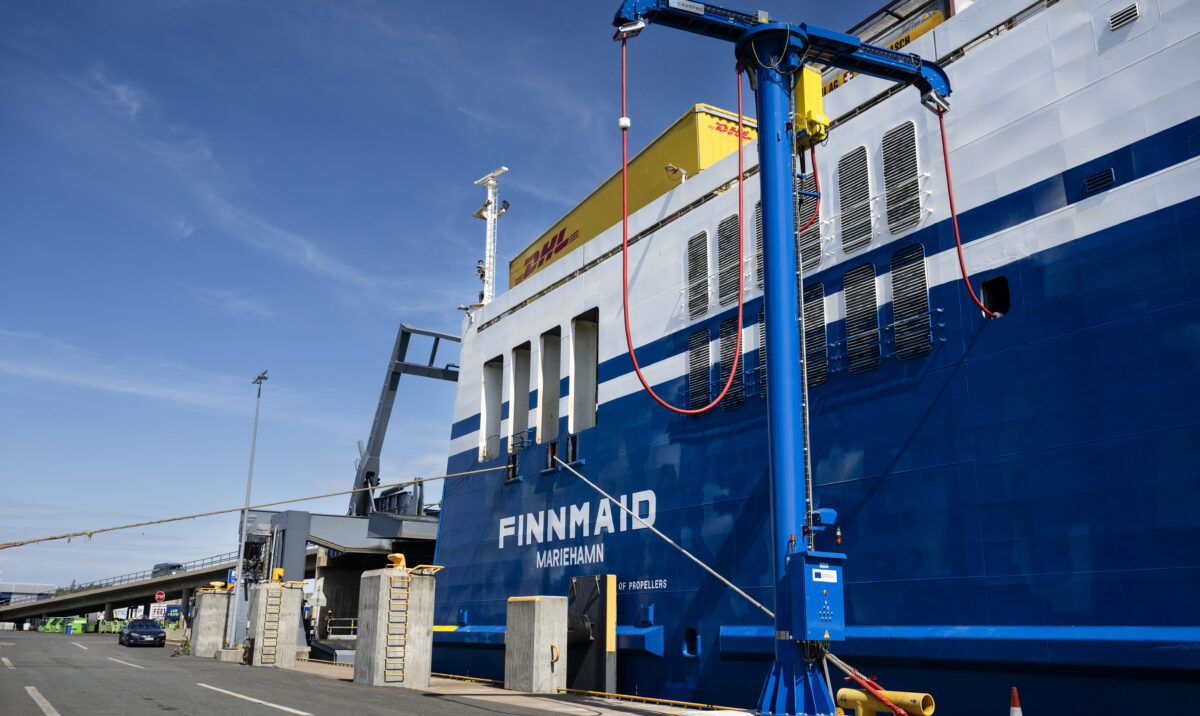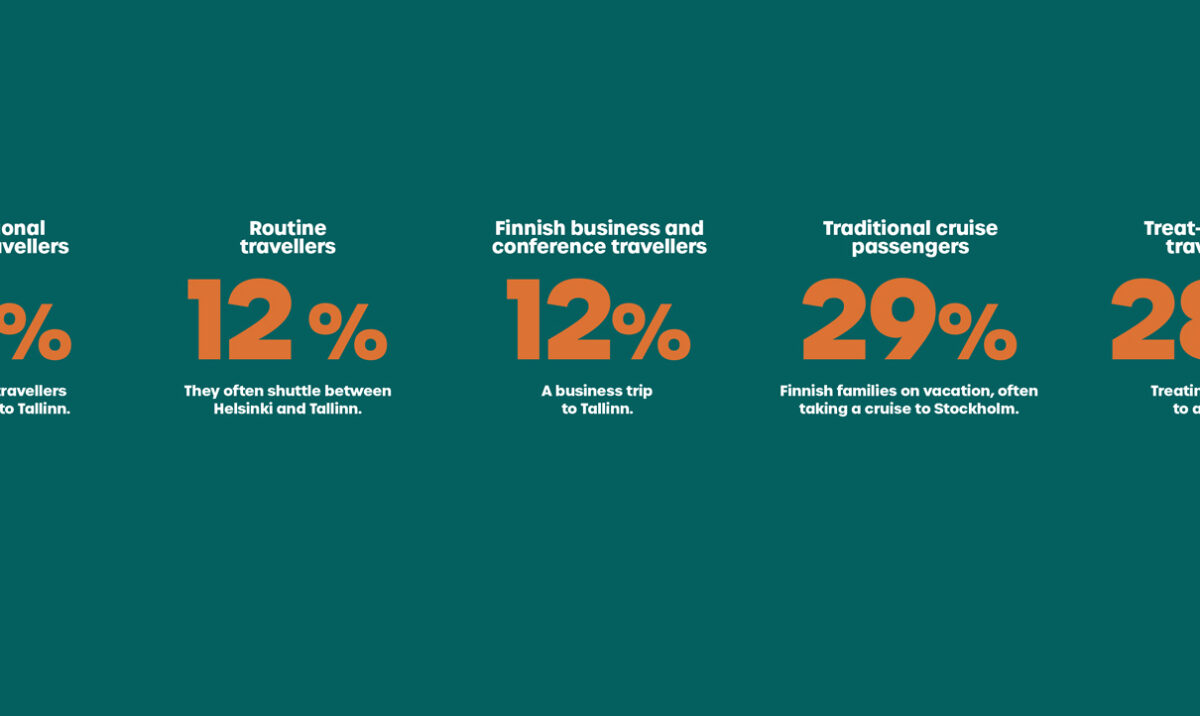
Green growth is Finland’s competitive edge
With green transition technology, Finland can generate a hundred billion euros in export revenue by 2035.
The Confederation of Finnish Industries has only had a green growth division since last summer. The division’s aim is to make Finland a forerunner in the circular economy and green transition, which means that it combines themes that are essential for growth and change: the climate, the environment, energy, digitalisation, transport and logistics, expertise and innovation.
“It’s a large package, as it includes everything that can bring about change,” says Ulla Heinonen.
She has been in charge of the Confederation’s green growth division for six months with support from a team of ten experts.
“We also work closely with unions. They have a wealth of profound expertise in a variety of sectors.”
The Confederation sees huge growth potential for clean technologies in Finland. Global investments in the green transition are projected to reach EUR 270,000 billion by 2050. If we want to start with a more comprehensible figure, then it is estimated that EUR 5,000 billion in investments will be made in the green transition in Europe alone over the course of this decade.
“This is a question of Finnish industrial and service exports, that is, how our solutions can seize a share of this growing market. It’s about the competitiveness of Finnish companies and thereby tax revenue and jobs for Finland,” says Heinonen.
Investments of EUR 50 billion in the pipeline
Green growth will increase not only exports, but also investments in Finland. Although those investments will, in due course, also increase exports. In March, the Confederation opened a data window for green investments on its website. This monitoring service enables you to see the investment plans submitted by companies.
There are already investments of more than EUR 50 billion in the pipeline by 2030.
“For example, projects at varying stages of completion are investing EUR 22 billion in offshore wind power, EUR 15 billion in onshore wind power, and EUR 13 billion in other green growth areas,” says Heinonen.
Data collection has been crowdsourced, which means that companies can submit their own projects to the service, which is moderated by the Confederation. The website also allows you to view them regionally by clicking on the map.
“Energy investments are long-term projects. They create a vision of where we’re heading in Finland. That’s why it’s important to stick to our carbon neutrality targets,” says Heinonen.
She says that Finland is in a good position to leverage a competitive advantage from clean energy.
“The green transition is a big deal globally, including in Europe and Finland, and is in a sense happening through electrification. The availability and affordability of clean energy will be significant factors in the competitiveness of new industry. Clean energy is a competitive advantage for us at the moment, and will remain so as long as we play our cards right.”
According to a recent estimate by a consortium of Finnish companies called the Climate Leadership Coalition (CLC), clean technology solutions have the potential to make a hundred billion euros through exports by 2035.
“They’re handprint services that we can use to reduce global emissions,” says Heinonen.
Economic cycles are electrifying
The green transition – that is, the move from fossil fuels and raw materials towards emission-free sources of energy – is based on electrification. This means that the green transition requires an environment that is favourable to onshore and offshore wind power, a good national grid and distribution network, and heat recovery solutions.
Heinonen admits that these are the prevailing conditions in the other Nordic countries as well.
“We also have clean water and, for example, carbon emissions from forestry that can be utilised in the hydrogen economy. We must also turn investment authorisation into a positive competitive factor, as it’s currently a bottleneck,” says Heinonen.
As Finland is in the same starting position as some other countries, improvements will be required in certain areas in order for Finland to get ahead. Heinonen says that there is a lot of room for improvement in permit processes. Studies on this have already been carried out.
“We need to speed up permit processes. The idea is not, for instance, to reduce the number of environmental impact assessments, but rather to increase coordination between authorities, so that investment permits can be applied for through a single channel. There would then be only one right of appeal for the entire package.
Otherwise it will take time to go through the appeal process multiple times.”
Energy issues will in any case have a stronger impact on economic cycles. Electrification will hit the entire economy.
Although the energy market has been in turmoil since Russia’s invasion of Ukraine, Finland was able to make it through the first winter fairly unscathed. Yet Heinonen reminds us that it is not over yet.
“The next winter is coming. However, Finland is now in a good position since the start up of Olkiluoto 3, and we have a huge amount of wind power in the pipeline. Europe will continue to face major price and availability challenges next winter, and especially with regard to replacing natural gas. This will definitely be reflected in Finnish prices,” says Heinonen.
Investments in clean energy will, however, lower the price of energy over the long term. The winners will be those who are able to regulate their energy consumption.
“On one hand, the price of energy will fall, but on the other, it will fluctuate more than before. This will benefit those who can use energy when it’s affordable.”
The price of energy is falling
On the whole, energy is therefore becoming more affordable, although prices will be more volatile.
“Energy efficiency will improve when fossil fuels are replaced with electricity, that is, energy consumption will decrease. On the other hand, electricity consumption is also increasing as things are being electrified. It remains to be seen how this will affect prices.”
The next few years will be difficult for Western Europe, and especially in terms of the availability of natural gas.
“Finland is a European forerunner in the energy transition. Ninety per cent of our electricity is already emission-free. Although when we include heat and energy production, we are at 60 per cent.”
Heinonen says that Finland should create a national brand out of its ambitious climate targets.
“When there’s domestic demand for clean energy solutions, we can get pilot projects and references that will make us a credible player in the global market as well. We can really stand out with this,” says Heinonen.

Ulla Heinonen
– Age 45, D.Sc. (Civil Engineering), Helsinki University of Technology, 2009, M.Sc. (Tech), 2002.
– Director, Green Growth and a Management Team member, Confederation of Finnish Industries (since October 2022).
– Gaia Consulting, CEO (2018–2022).
CGI, Director, several different roles and responsibilities (2012–2018).
– Aalto University/Helsinki University of Technology, several different positions (2003–2012).
– Lives in eastern Helsinki.
– Has two teenage sons.
– Her hobbies include horse riding and crossfit.





